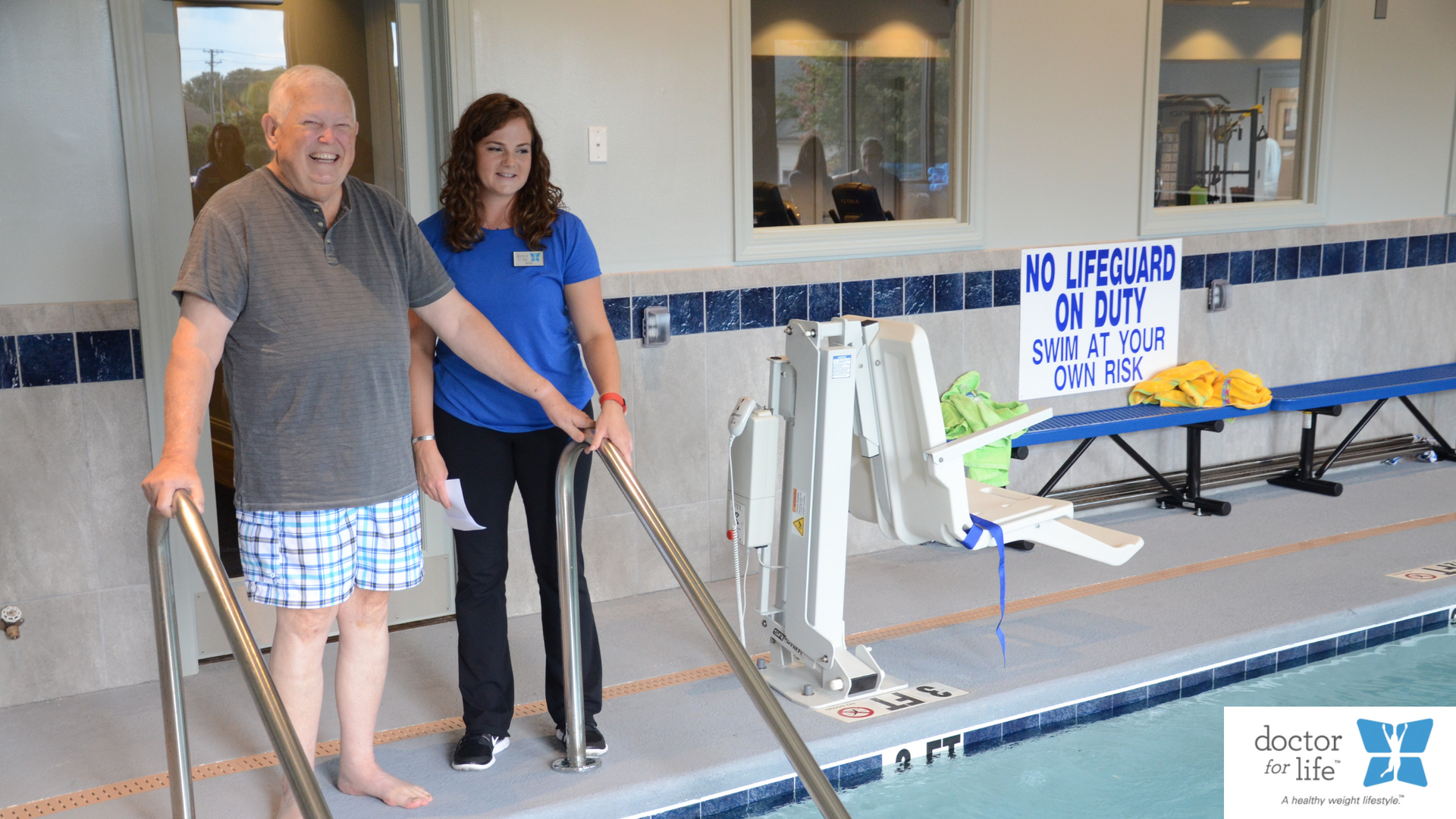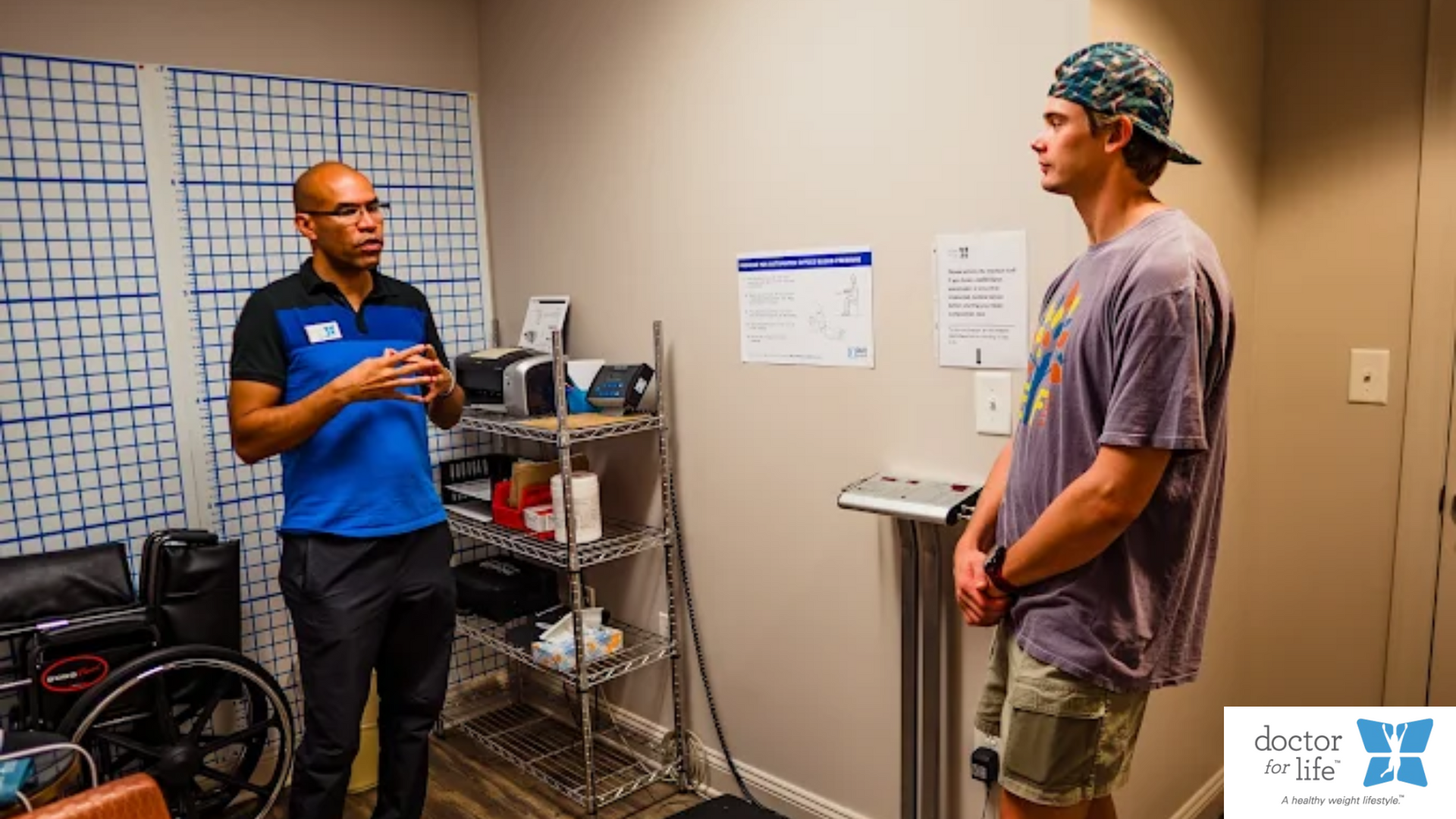Diabetes Prevention: Learn How Exercise Helps!

Let's face it—modern life is convenient. Food delivery at your fingertips, binge-worthy shows that autoplay the next episode (thank you, algorithm), and cars that practically park themselves. But this easy life comes at a price, especially for your blood sugar.
Type 2 diabetes now starts to rear its head at times much earlier than before. You're probably aware that one way to 'slam the door' on Type 2 diabetes is by incorporating more physical activity into your life.
I'm not suggesting a full-blown triathlon or aspiring to be a competitive athlete, but I am saying that simply 'moving' can have a significant impact. We strongly believe that prevention is better than cure. This is why our Diabetes Prevention Program takes action to help you change real habits - habits that we help you to implement by first utilizing exercise.
The Diabetes-Exercise Connection
You might be wondering how a walk around the block or a few minutes of dancing around in your kitchen can actually
help manage your blood sugar. The fact is, every time that you move, your muscles will use glucose (sugar) as fuel.
The more your muscles utilize glucose, the less sugar floats around, and if your blood sugar is high, you can guess the potential consequences.
In fact, studies show that 150 minutes of moderate exercise in a week (e.g., brisk walking, an easy bike ride, swimming, or even gardening) can reduce your risk of developing Type 2 diabetes by 58% or more. That's almost as effective as a medication, and significantly more fun.
Here's how exercise acts like a Superman for your metabolic health:
- Enhances insulin sensitivity – Your body becomes more effective at using insulin to shuttle sugar into the cells.
- Aids weight management – More body fat, particularly around your abdomen, results in a greater diabetes risk.
- Help lower inflammation in your body - Chronic inflammation is a common cause of cellular damage in your body, which can also result in insulin resistance.
- Boost mood and motivation - Exercise can alleviate stress, anxiety, and depression, which can adversely affect long-term, healthier eating behaviours, overall.
Forms of Exercise that Help Prevent Diabetes
You don't need a fancy gym membership or a personal trainer named Chad. Here's a cheat sheet of movement activities that have been shown to keep your blood sugar low!
1. Aerobic Exercise
The majority of physical activities to lower blood glucose levels are things like walking, riding a bike, swimming, dancing, etc. Aim 5 days a week, 30+ minutes.
2. Strength Training
Lifting weights or using resistance bands builds muscle, and more muscle means better glucose storage and usage.
3. Flexibility & Balance Work
Think yoga or tai chi. These reduce injury risk and support long-term mobility so you can stay active for decades.
4. NEAT (Non-Exercise Activity Thermogenesis)
This is a fancy way of saying: move more in your day-to-day life. Take the stairs, park further away, and clean your house with gusto. Every step counts!
The Excuses? We've Heard Them All.
"I don't have time."
You scroll for 45 minutes straight, don't you? Carve out 10–15 minutes here and there—you'll be amazed.
"I hate the gym."
Great! You don't need to go. Find movement that feels joyful—walking with a friend, dance breaks during work, or chasing your kids around the yard.
"I'm too tired."
Guess what gives you more energy? Yep—exercise. It's the ultimate fuel.
Let's Get You Moving—Together
Knowing is half the battle. Doing is where the magic happens. If you're ready to take control of your health, we're here to walk, stretch, and sweat with you (figuratively, of course).
Our Diabetes Prevention Program is designed with you in mind:
- Personalized fitness plans that match your schedule and ability
- Nutrition coaching to balance your plate and your glucose
- Regular check-ins to keep you on track
- Community support that makes it fun and sustainable
We believe prevention should be practical, not preachy. And definitely not lonely. Let's take those first steps together.
Key Takeaways:
- Exercise is a habit, not an option.
- Even moderate activity on a regular basis can reduce the risk of Type 2 diabetes by more than 50%!
- You do not need expensive equipment or a lot of time - only the desire to move.
- We can assist with a diabetes prevention program for you, at a time that works for you.
Want to get started? Contact us today and ask about our Diabetes Prevention Program. You will thank yourself in the future with energy, vitality, and blood sugar regulation.










